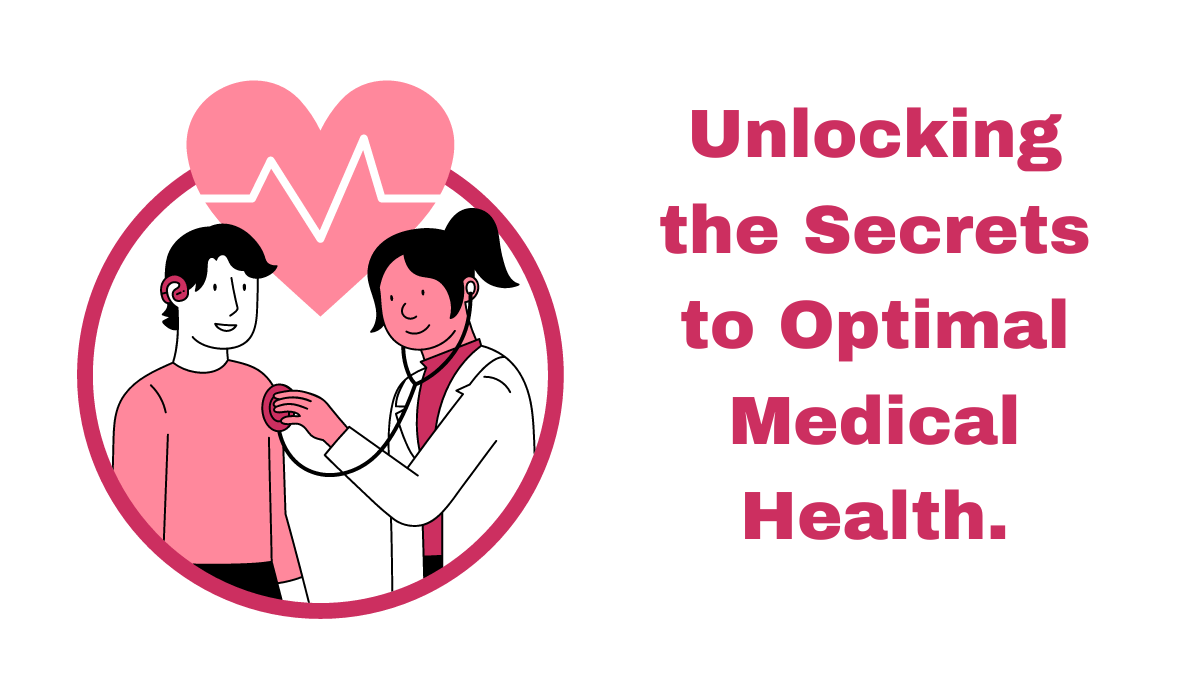Cognitive Behavioral Therapy (CBT) is a widely-used therapeutic approach that focuses on changing negative patterns of thinking and behavior to improve mental health. It’s rooted in the idea that our thoughts influence our feelings and actions, and by altering these thought patterns, we can alleviate symptoms of various mental health conditions. Here’s a breakdown of the principles of CBT and how they positively impact mental well-being:
-
Understanding Thoughts, Feelings, and Behaviors:
- CBT teaches individuals to recognize the interconnectedness of thoughts, feelings, and behaviors.
- By understanding how these components interact, individuals can identify and challenge negative thought patterns that contribute to emotional distress.
- Identifying Cognitive Distortions:
- CBT helps individuals identify cognitive distortions, which are irrational or exaggerated thoughts that fuel negative emotions.
- Common cognitive distortions include black-and-white thinking, catastrophizing, and personalization.
- Challenging Negative Beliefs:
- Once cognitive distortions are identified, CBT encourages individuals to challenge and reframe negative beliefs.
- Through techniques like cognitive restructuring, individuals learn to replace irrational thoughts with more balanced and realistic ones.
- Behavioral Activation:
- CBT emphasizes the importance of behavioral activation, which involves engaging in activities that bring joy or fulfillment.
- By increasing participation in positive activities, individuals can counteract feelings of depression or lethargy.
- Learning Coping Skills:
- CBT equips individuals with practical coping skills to manage stress, anxiety, and other emotional challenges.
- Techniques such as relaxation exercises, problem-solving skills, and assertiveness training empower individuals to effectively navigate difficult situations.
- Exposure Therapy:
- In cases of phobias or anxiety disorders, CBT may incorporate exposure therapy to gradually confront feared situations or stimuli.
- Through repeated exposure in a controlled environment, individuals can desensitize themselves to triggers and reduce anxiety responses.
- Setting Realistic Goals:
- CBT encourages individuals to set realistic and achievable goals that align with their values and aspirations.
- By breaking larger objectives into smaller, manageable steps, individuals can track progress and maintain motivation.
- Enhancing Self-Efficacy:
- As individuals progress through CBT, they develop a greater sense of self-efficacy, or belief in their ability to cope with challenges.
- This increased confidence empowers individuals to tackle future obstacles with resilience and determination.
Conclusion: Cognitive Behavioral Therapy offers a structured and evidence-based approach to improving mental health. By addressing negative thought patterns, learning coping skills, and setting realistic goals, individuals can experience significant relief from symptoms of depression, anxiety, and other psychological disorders. Through the principles of CBT, individuals gain valuable insights and tools to foster lasting emotional well-being.





